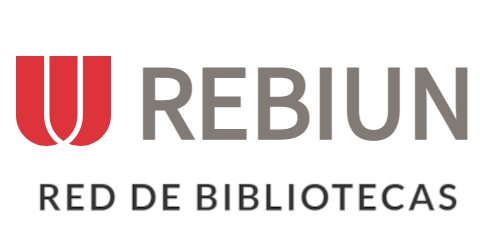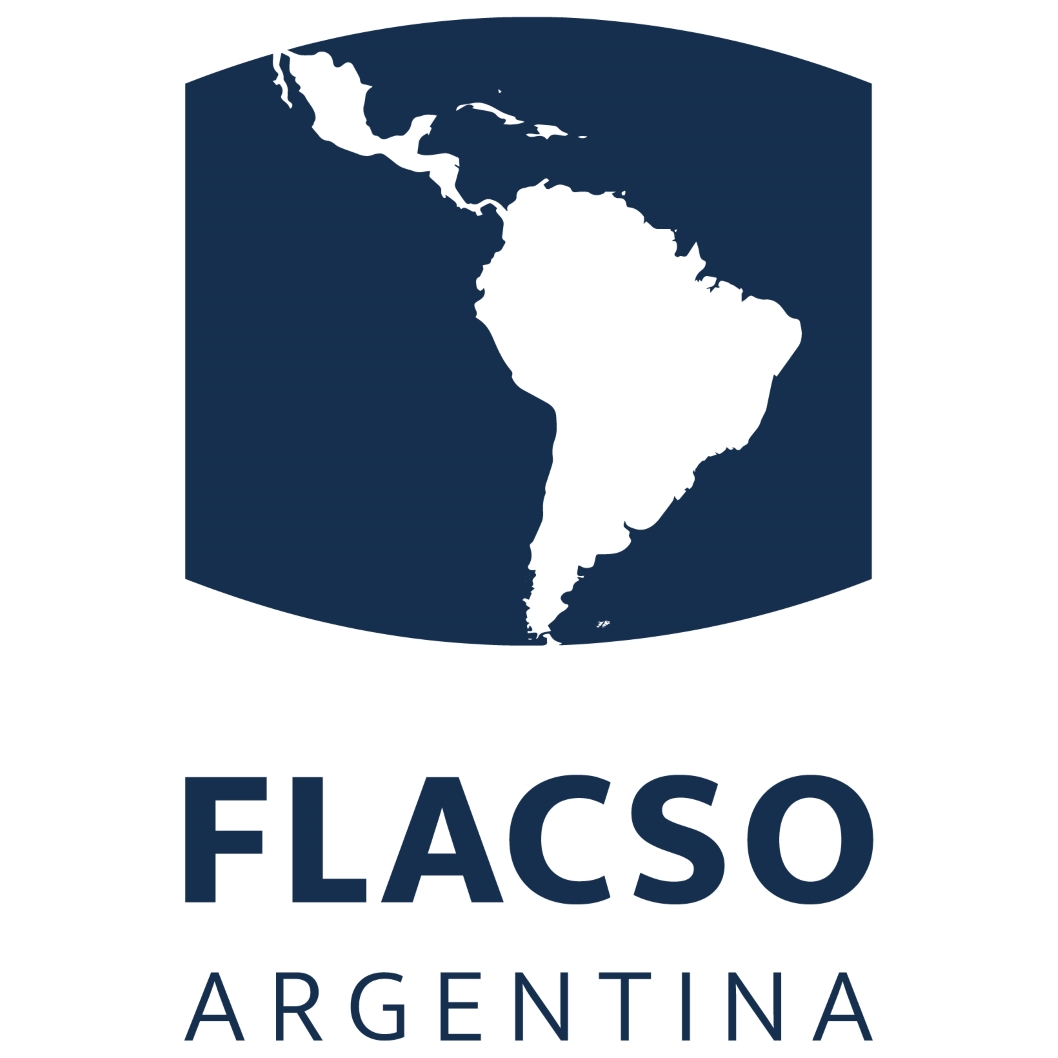Supervivencia y Productividad de albahaca (Ocimum Basilicum) y Lechuga (Lactuca Sativa) en Torres Hidropónicas Artesanales
Resumen
Con el objetivo de evaluar la supervivencia y crecimiento de materiales comerciales de albahaca y lechuga en hidroponía vertical se diseñaron y construyeron dos torres hidropónicas artesanales para 34 plantas cada una. Los materiales vegetales fueron germinados en cubos de espuma fenólica PeatFoam® y trasplantados a las torres hidropónicas a los 10 días post germinación. Se midió el crecimiento semanalmente durante 7 semanas y el rendimiento (biomasa) al final del periodo de observación. Los valores de rendimiento de albahaca y lechuga fueron comparados mediante una prueba de Mann-Whitney. La supervivencia de la albahaca fue de 100% y la de la lechuga de 97.06%. La altura media de las plantas de albahaca y de lechuga al final de las siete semanas fue de 37.15 y 38.15 cm respectivamente. El rendimiento medio por planta fue de 16.74 g para la albahaca y 38.48 g para la lechuga. El rendimiento de biomasa por torre hidropónica fue de 569.16 g para la albahaca y 1,269.84 g. para la lechuga. Los valores de rendimiento para ambas especies mostraron amplias variaciones (figura 2) y fueron estadísticamente diferentes (U = 68, p < 0.01). Los materiales evaluados mostraron potencial para la agricultura urbana en torres hidropónicas.
Descargas
Citas
Agrawal, R. K., Tripathi, M. P., Verma, A., Sharma, G. L., & Khalkho, D. (2020). Hydroponic systems for cultivation of horticultural crops: A review. Journal of Pharmacognosy and Phytochemistry, 9(6), 2083-2086.
https://www.phytojournal.com/archives/2020/vol9issue6/PartAD/9-6-235-915.pdf
Ahmed, Z. F., Alnuaimi, A. K., Askri, A., & Tzortzakis, N. (2021). Evaluation of Lettuce (Lactuca sativa L.) production under hydroponic system: Nutrient solution derived from fish waste vs. Inorganic nutrient solution. Horticulturae, 7(9), 292.
https://doi.org/10.3390/horticulturae709 0292
Armanda, D. T., Guinée, J. B., & Tukker, A. (2019). The second green revolution: Innovative urban agriculture's contribution to food security and sustainability–A review. Global Food Security, 22, 13-24. https://doi.org/10.1016/j.gfs.2019.08.002
Arora, N. K. (2019). Impact of climate change on agriculture production and its sustainable solutions. Environmental Sustainability, 2(2), 95-96.https://doi.org/10.1007/s42398-019-00078-w
Beacham, A. M., Vickers, L. H., & Monaghan, J. M. (2019). Vertical farming: a summary of approaches to growing skywards. The Journal of Horticultural Science and Biotechnology, 94(3), 277-283. https://doi.org/10.1080/14620316.2019.1574214
Benke, K., & Tomkins, B. (2017). Future food-production systems: vertical farming and controlled-environment agriculture. Sustainability: Science, Practice and Policy, 13(1), 13-26.
https://doi.org/10.1080/15487733.2017.1394054
Cretu, M., Dediu, L., Coada, M., Rimniceanu, C., Placinta, S., Stroe, M. D., & Vasilean, I. (2022). Comparative Study on the growth and development of Thyme and Basil herbs in aquaponic system and hydroponic system. Scientific Papers. Series D. Animal Science, 65(1), 573-580. https://animalsciencejournal.usamv.ro/pdf/2022/issue_1/Art78.pdf
Gilmour, D. N., Bazzani, C., Nayga Jr, R. M., & Snell, H. A. (2019). Do consumers value hydroponics? Implications for organic certification. Agricultural Economics, 50(6), 707-721.
https://doi.org/10.1111/agec.12519
Hasegawa, T., Fujimori, S., Havlík, P., Valin, H., Bodirsky, B. L., Doelman, J. C., Fellmann, T., Kyle, P., Koopman, J. F. L., Lotze-Campen, H., Mason-D’Croz, D., Ochi, Y., Pérez, I., Stehfest, E., Sulser, T. B., Tabeau, A., Takahashi, K., Takakura, J., Mejil, H., & Witzke, P. (2018). Risk of increased food insecurity under stringent global climate change mitigation policy. Nature Climate Change, 8(8), 699-703. https://doi.org/10.1038/s41558-018-0230-x
Janoschka, M., & Sequera, J. (2016). Gentrification in Latin America: addressing the politics and geographies of displacement. Urban Geography, 37(8), 1175-1194.
https://doi.org/10.1080/02723638.2015.1103995
Jordan, R. A., Ribeiro, E. F., Oliveira, F. C. D., Geisenhoff, L. O., & Martins, E. A. (2018). Yield of lettuce grown in hydroponic and aquaponic systems using different substrates. Revista Brasileira de Engenharia Agrícola e Ambiental, 22(8), 525-529.
https://doi.org/10.1590/1807-1929/agriambi.v22n8p525-529
Ling, T. Y., & Chiang, Y. C. (2018). Well-being, health and urban coherence-advancing vertical greening approach toward resilience: A design practice consideration. Journal of cleaner production, 182, 187-197. https://doi.org/10.1016/j.jclepro.2017.12.207
Mou, B. (2012). Nutritional quality of lettuce. Current nutrition & Food science, 8(3), 177-187. https://doi.org/10.2174/157340112802651121
Ortiz-Bobea, A., Ault, T. R., Carrillo, C. M., Chambers, R. G., & Lobell, D. B. (2021). Anthropogenic climate change has slowed global agricultural productivity growth. Nature Climate Change, 11(4), 306-312. https://doi.org/10.1038/s41558-021-01000-1
Payen, F. T., Evans, D. L., Falagán, N., Hardman, C. A., Kourmpetli, S., Liu, L., ... & Davies, J. A. (2022). How Much Food Can We Grow in Urban Areas? Food Production and Crop Yields of Urban Agriculture: A Meta‐Analysis. Earth's future, 10(8), e2022EF002748.
https://doi.org/10.1029/2022EF002748
Pérez, G. E., Gándara, G. A., Rosito, J. C., Maas, R. E., & Gálvez, J. J. (2018). Ecosistemas de Guatemala, una aproximación basada en el Sistema de clasificación de Holdridge. Revista Eutopía, 1(1), 25-68.
http://www.revistasguatemala.usac.edu.gt/index.php/reu/article/view/1145/1018
Ray, D. K., West, P. C., Clark, M., Gerber, J. S., Prishchepov, A. V., & Chatterjee, S. (2019). Climate change has likely already affected global food production. PloS one, 14(5), e0217148. https://doi.org/10.1371/journal.pone.0217148
Saha, S., Monroe, A., & Day, M. R. (2016). Growth, yield, plant quality and nutrition of basil (Ocimum basilicum L.) under soilless agricultural systems. Annals of Agricultural Sciences, 61(2), 181-186. https://doi.org/10.1016/j.aoas.2016.10.001
Saran, P. L. (2022). New selection of basils for food flavouring. Indian Perfumer, 66(3), 30.
Sharma, N., Acharya, S., Kumar, K., Singh, N., & Chaurasia, O. P. (2018). Hydroponics as an advanced technique for vegetable production: An overview. Journal of Soil and Water Conservation, 17(4), 364-371. http://doi.org/10.5958/2455-7145.2018.00.0565
Springmann, M., Mason-D'Croz, D., Robinson, S., Garnett, T., Godfray, H. C. J., Gollin, D., Rayner, M., Ballon, P., & Scarborough, P. (2016). Global and regional health effects of future food production under climate change: a modelling study. The Lancet, 387(10031), 1937-1946. https://doi.org/10.1016/S0140-6736(15)01156-3
Toffler, A. (1981). La tercera ola. Edivisión.
Touliatos, D., Dodd, I. C., & McAinsh, M. (2016). Vertical farming increases lettuce yield per unit area compared to conventional horizontal hydroponics. Food and energy security, 5(3), 184-191. https://doi.org/10.1002/fes3.83
Van Vliet, J., Eitelberg, D. A., & Verburg, P. H. (2017). A global analysis of land take in cropland areas and production displacement from urbanization. Global environmental change, 43, 107-115. https://doi.org/10.1016/j.gloenvcha.2017.02.001
Yan, Z., He, D., Niu, G., Zhou, Q., & Qu, Y. (2019). Growth, nutritional quality, and energy use efficiency of hydroponic lettuce as influenced by daily light integrals exposed to white versus white plus red light-emitting diodes. HortScience, 54(10), 1737-1744.
Derechos de autor 2024 Dennis Guerra Centeno , Paula Guerra Burmester, Carlos Valdez Sandoval, Ligia Ríos

Esta obra está bajo licencia internacional Creative Commons Reconocimiento 4.0.













.png)




















.png)
1.png)


